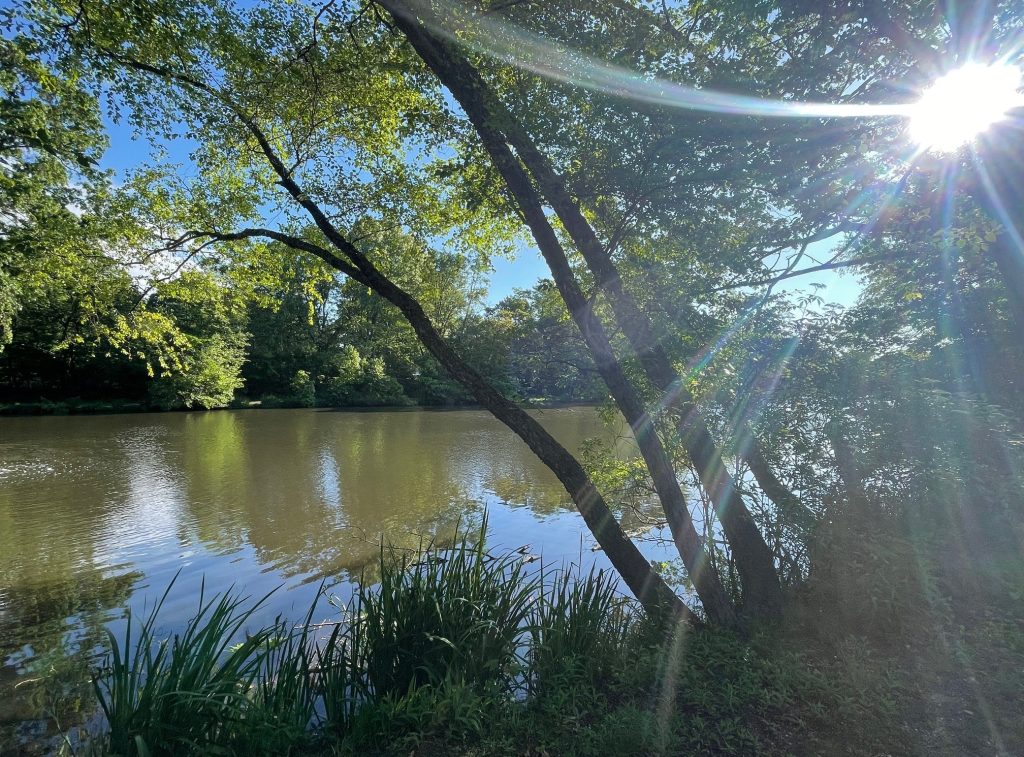
“Keep your face to the sunshine and you will never see the shadows.”
He Said ~ Even though we are less than a month into summer, it already feels as if the long, HOT, days of this solstice are rapidly fading.
Perhaps it is because most take vacations during this time – trips to exotic places, days down at the Jersey shore, or merely having nothing to do and all day to do it in!
So, when did the shift to incorporate a lengthy summer vacation begin?
In the 19th century, many city schools were in need of renovations and repairs, which were best done in the summer months. The buildings were also, of course, not yet air conditioned, and their overcrowded, poorly ventilated rooms often fueled outbreaks of disease in the summer’s stifling heat.
Increasingly, the schools’ wealthiest families took to fleeing the city’s soaring summer temperatures for vacation escapes, further driving social fragmentation and inequalities within the schools. At the same time, medical theories claimed that too much mental exertion could overstimulate young minds and lead to exhaustion, or worse.
Reformers saw summer as the best time to rest the mind. Summer vacation also addressed urban schools’ public health concerns and gave teachers a much-needed break. The Common School Movement sought to further professionalize the teaching system, and the extended break gave educators time to take advantage of summer conventions and training programs.
By the end of the 19th century, states had begun implementing school funding eligibility rules, including a minimum number of instructional days. A 180-day calendar took shape, spanning late summer to late spring, with summertime carved out as a clear and consistent break lasting from about the end of June to the end of August.
Between 1880 and 1920, the United States’ school calendar fully fell into alignment, and a national rhythm of summer break has been the norm ever since.
She Said ~ The people came by car, train, and foot descending the green hills into the expansive grassy lawn. Children were pushed in strollers or carried on shoulders, high above the rest. Man’s best friend joined the festivities and delighted onlookers.
Lawn chairs, folding chairs, colorful blankets, and coolers dotted the ground. High pitched laughter, giggles, and excited conversations were carried by the infrequent breeze. The sun did not make its debut until much later in the day, only the valiant withstood its rays. The rest of us ran for the hills and exhaled once under the shade of trees.
The smell of sausage, tacos, and french fries wafted through the air. Italian ices, ice cream, and fresh lemonade provided a cooling effect, if only for a moment. Vendors endured the sweltering heat and long days in order to share their creations with attendees.
In sharp contrast, Saturday evening’s musical delight took place under a comfortable breeze in a small, public setting. The backdrop, a mural depicting large scale flowers in yellow, white, pink, and purple tones.
The seating – iron park benches and picnic tables, with a view of the unlit UCPAC, (Union County Performing Arts Center), unlit marquee.
Under the summer sky, a gathering of music lovers congregated and clapped, danced, sang, and swayed to familiar and unfamiliar tunes.
The drums echoed in the streets and the base beckoned pedestrians. A soulful frontman crooned and rocked for two hours as if he was performing for a full house. We understood, he performed for the love of art.
This past weekend, The Pear Tree Project attended Maplewoodstock Music & Arts Festival, and the Rahway Mayor’s Music Series. Free and open to the public, these summer events brought strangers together for nothing more than a rockin’ good time.
We are excited to share our impressions – the good, the bad, and the ugly in next week’s newsletter. Don’t miss it!
Did You Know? “School’s Out” by Alice Cooper, released in 1972, is a classic rock anthem that captures the feeling of liberation associated with the end of the school year. The song became Cooper’s biggest international hit and signature song, reaching #7 on the Billboard Hot 100 and #1 in the UK. Its popularity endures, with the song’s themes of freedom and youthful rebellion still resonating with listeners.
Enjoyed the history in He said and the joy of free music i in She said ——–Looking forward to less humid days Lazy walks in the local parks and always the jersey shore—–Thanks Lis
I love Alice Cooper, and that is my anthem every June, and I still aspire to apply eyeliner like he did. Summer rocks! Glad you got to hear some live music! Sounds fun! 🎸🎤🎶🌞⛱️🕶️